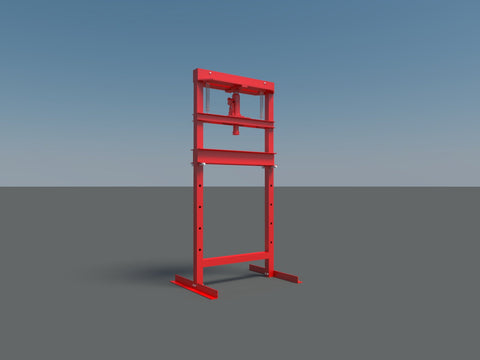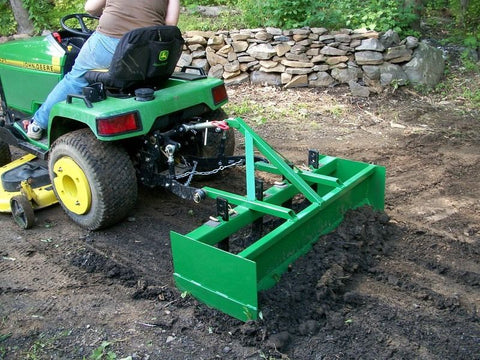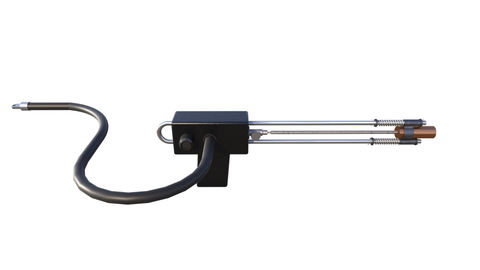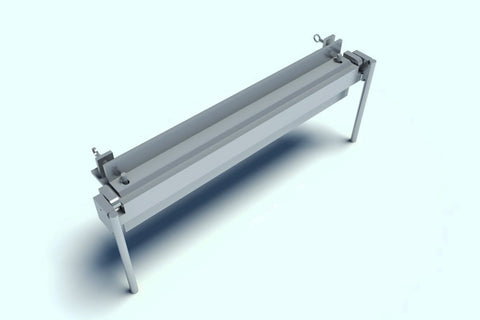Homemade Spot Welder DIY Plans Welding Soldering Machine Metalworking Equipment.
Homemade Spot Welder Plans Homemade Spot Welding Machine
These plans will show you how to build your own DIY Spot Welding Machine.
What Are Spot Welders?
A DIY Spot Welding Machine is a electric resistance welder that is often used to weld sheet metal. This technique works by contacting the points of metal surfaces that are joining. Electric current passes through these points. The result is a welded piece. In some cases, this process may not be the best choice for some projects, but it can be very effective for other kinds of projects.
Pros
During a spot welding process, the amount of heat delivered to the spot is based on the resistance of the electrodes to the material. The amount of energy used is also determined by the size and thickness of the sheet material, and the type of electrodes used. If too little energy is applied, the metal will not melt, while too much will create a hole. The goal of spot welding is to deliver enough heat to melt a portion of the material.
A spot welder is expensive, so it is important to compare prices and specs before you purchase one. It's not worth investing in a spot welder if you plan to use it only occasionally. However, if you plan to use it for several hours each day, you may want to consider buying a more expensive machine.
Price
Spot welders can be very useful for making sheet metal enclosures, but their price can be high. Fortunately, DIY welder kits are relatively inexpensive and easy to make. One hackaday participant, Caio Paulucci, and his father built an enclosure over the course of a weekend.
The price of spot welders varies according to their quality. Typically, a spot welder can handle temperatures between 100 and 400 degrees Celcius. Higher temperature ranges allow a welder to handle more metals. As with any tool, welding requires large amounts of heat and power. These temperatures can damage welding tools if they are overheated. Hence, welding tools must be replaced after a certain period of time, known as the duty cycle.
Spot welders can be purchased from specialized welding suppliers. Most of these machines can work with stainless steel, uncoated mild steel, and galvanized steel. These tools can also weld two 20-gauge materials.
Squeeze time can cause premature electrode wear
Squeeze time, also known as the pre-welding squeeze time, is a critical welding process parameter. It allows the welding tip to stabilize before applying an electric current. If you skip this step, you risk early electrode wear, interfacial expulsion, and low quality welds. In addition, an improper squeeze time will result in increased operating costs.
Premature electrode wear is caused by excessive heat flow during the weld process. This heat flow accelerates the wear of the electrode, which can lead to brittle welds when the weld material contains high carbon content. If the electrode is removed before solidification is complete, it may also result in an electrode that is too hot.
Inspection
Various nondestructive testing (NDT) techniques are available to assess the quality of spot welding. These techniques involve the examination of the weld surface and the surrounding base material. Typically, five basic methods are used to evaluate finished welds. Some of these methods are computerized to improve their efficiency and allow real-time viewing or comparative comparisons. They also have the advantage of portability and low cost.
X-ray images are often used to assess weld quality. This process can be tedious and costly. However, using a fluorescent screen and a video camera helps overcome these limitations. These devices also require less space than vaults filled with old films.
All DIY plans are designed or reviewed by Ben Stone. Ben is a retired Engineer in Canada. Ben also drafts these himself using the latest AutoCAD software to ensure accuracy. He studied Engineering back in the early 1980's. After over 30 years in the Construction industry he developed a passion for building cool items around his farm and cabin. These are great DIY projects. With a little skill anybody can Do It Yourself. Ben is always a email away if you have any questions while building one of his projects. He is adding new plans all the time.









